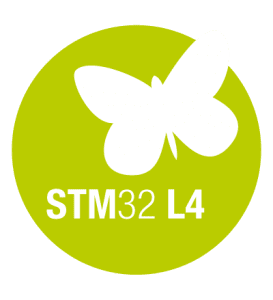Wearable applications including activity and fitness trackers, smart gloves, glasses, watches and headphones all use sensors to monitor what’s going on. And when more than one sensing device is used – different combinations of accelerometers, gyroscopes, compasses, and pressure sensors – you have a dump of complex data to wade through, as well as measurement distortions, inaccuracies and possible interference among the sensors themselves.

Take pedestrian dead reckoning (PDR) in a fitness wearable for example. This application could fuse the data from four (or more) sensors – a three-axis accelerometer, a gyroscope, a magnetometer/e-compass, and a pressure-sensor – along with input from a GPS/GNSS. That’s a lot of instruments playing together, each generating their own signals.
In this scenario, the accelerometer and gyroscope function as a strap-down inertial-navigation or pedometer-based portable-navigation device. The accelerometer provides step detection, and the e-compass allows the gyroscope to make heading adjustments. The e-compass also measures the magnetic field and compensates for the gyroscope’s zero rate drift over time. Meanwhile, the pressure sensor, working with the accelerometer, acts as an altimeter and conveys floor changes for indoor navigation. Sounds simple, right?
A dedicated DSP would traditionally be used to measure, filter, and otherwise sift through this mass of real-world data. Unfortunately, that DSP would takes up space alongside all the sensors, connections, and related controllers —and in our sleek and styling wearable application, there’s precious little room.
 What if you could use a general purpose MCU for this kind of application? If the sensors are the beating heart, the MCU is the reasoning brain. Behind the scenes of applications headlined by sensors, the MCU quietly and efficiently goes about its business. The ideal MCU for a wide variety of wellness and consumer wearable applications, as well as Internet-of-Things applications, would have low power consumption, high performance, DSP capability, smart analog features, and extensive digital connectivity. The STM32L4 Series is one such collection of MCUs that meet these requirements.
What if you could use a general purpose MCU for this kind of application? If the sensors are the beating heart, the MCU is the reasoning brain. Behind the scenes of applications headlined by sensors, the MCU quietly and efficiently goes about its business. The ideal MCU for a wide variety of wellness and consumer wearable applications, as well as Internet-of-Things applications, would have low power consumption, high performance, DSP capability, smart analog features, and extensive digital connectivity. The STM32L4 Series is one such collection of MCUs that meet these requirements.
On-board Sensor Fusion presents further opportunities for advancement in wearables. Sensor Fusion systems-in-packages (SiP) integrate an accelerometer, a gyroscope, and possibly a magnetometer/e-compass in a single, stand-alone 6- or 9-axis solution module that also includes its own “brain.”
Searching high and low for design options and software programs for development is a huge time and energy sink, especially when fast-start licensing approaches exist. It’s always good to start with the manufacturers to see how they can get you going while helping avoid obstacles; some make this easier.
For example, ST’s Open Development Environment with Open.MEMS libraries combine data from several sensors in order to achieve the high level of accuracy that portable and, wearable devices and other emerging applications require.
To find out more about pedestrian dead reckoning check out the video below.
ARVE error: Mode: lazyload not available (ARVE Pro not active?), switching to normal mode




